Intel Corp's plan to incorporate NAND flash memory into its next-generation notebook platform will enable PC manufacturers such as Apple Computer to develop systems that are twice as fast in some operations yet sustain longer battery life.
During a developer forum this past March, Intel revealed plans to add the technology as a feature of its Santa Rosa notebook platform due out in the first half of next year, saying it would offer the main benefit of almost instantaneous PC boot times.
At the forum, Intel mobility chief Sean Maloney conducted a demonstration in which he booted two PCs, one with 256MB of flash memory, and the other without. The PC with flash booted in about half the time.
Maloney said the technology can scale way beyond a 256MB flash buffer, potentially running a PC's entire operating system from flash instead of from the hard drive. "It just comes down to what's the cost curve on NAND," he said.
While Apple is not listed amongst the PC manufacturers who have committed to the Santa Rosa platform, people familiar with the Mac maker say it has been working closely with Intel engineers to implement NAND flash into a future-generation of its MacBook notebook lines.
Those same people say that Apple is amongst the best positioned in the PC industry to adopt the technology broadly due, in part, to its existing supplier arrangements with the world's five-largest NAND suppliers.
Apple's top selling notebook line: the 13-inch MacBook
At Intel's fall developer forum this week, Intel chief executive Paul Otellini spoke at length about Santa Rosa and offered some early benchmarks for NAND-enabled notebook PCs. He said users could expect faster boot times, 2X faster application load times, and a 2X reduction in the time need wake a system from hibernation.
"The platform that launches next year will have NAND on the motherboard for the first time that we know of out there," said Otellini. "[It] significantly improves notebook performance and battery life."
Essentially, Otellini said, the NAND flash will act as a buffer cache so that frequently accessed data can be stored on the NAND flash rather than the hard drive.
"This means it is more available to the main memory and the microprocessor," he said. "It doesnt have to go out to the drive. Since it doesnt have to go out to the drive as often, it consumes less battery life under notebook mode."
Before embarking on its next-generation notebooks in 2007, Apple later this year will refresh both its MacBook and MacBook Pro lines with Intel's new Core 2 Duo mobile processors.
 Kasper Jade and Prince McLean
Kasper Jade and Prince McLean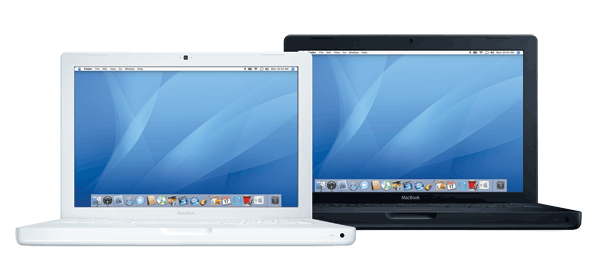
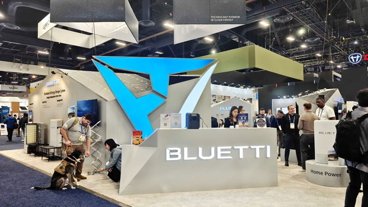

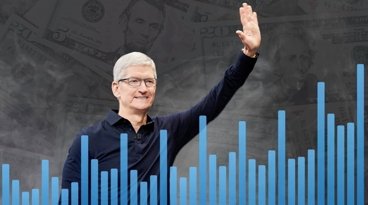
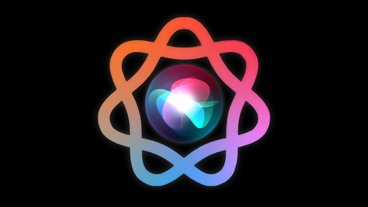
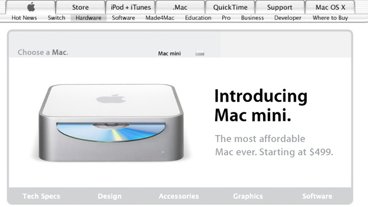
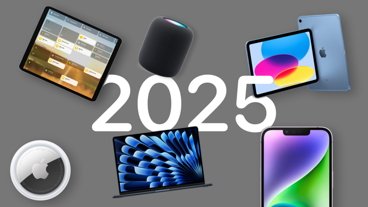

-m.jpg)





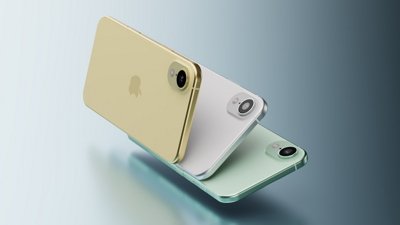
 William Gallagher
William Gallagher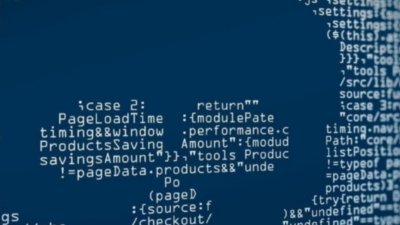
 Andrew Orr
Andrew Orr
 Christine McKee
Christine McKee

 Malcolm Owen
Malcolm Owen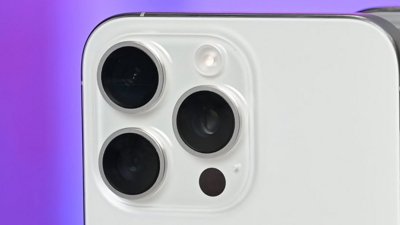


 Chip Loder
Chip Loder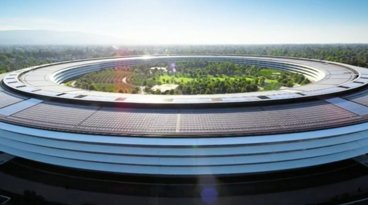





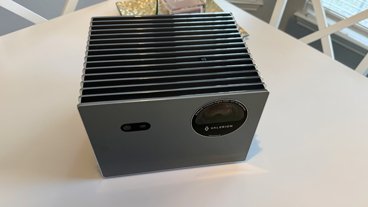
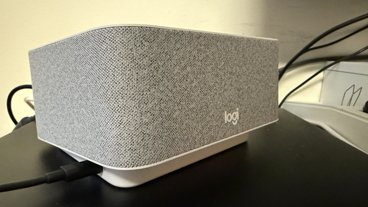


74 Comments
so it acts like a buffer..
if someone finds a way to do this for the current notebooks, it'd sell.
I think that this is a great item for Microsoft, since they have to reboot so often. For me, I reboot when a new security fix requires it. Otherwise, my iBook (my MBP arrives tomorrow) just shuttles from home to work with the lid closed.
Perhaps I am missing a key value to this. Anyone else think that improving the boot time of a MB or MBP is not much of an issue for OSX users? Perhaps Bootcamp users want this!
I think that this is a great item for Microsoft, since they have to reboot so often. For me, I reboot when a new security fix requires it. Otherwise, my iBook (my MBP arrives tomorrow) just shuttles from home to work with the lid closed.
Perhaps I am missing a key value to this. Anyone else think that improving the boot time of a MB or MBP is not much of an issue for OSX users? Perhaps Bootcamp users want this!
It will be extremely awesome for use with Boot Camp, making OS switching much less onerous. However, if you read the article carefully, it points out that programs will be able to boot faster as well if recently used programs are left stored in the NAND memory. Think about the boot times for some Adobe products for example, and you'll see that this innovation could be a big deal to just about every computer user.
I think that this is a great item for Microsoft, since they have to reboot so often. For me, I reboot when a new security fix requires it. Otherwise, my iBook (my MBP arrives tomorrow) just shuttles from home to work with the lid closed.
Perhaps I am missing a key value to this. Anyone else think that improving the boot time of a MB or MBP is not much of an issue for OSX users? Perhaps Bootcamp users want this!
...
Battery Life. Anything that keeps a hard drive spun down for as long as possible can really save battery life. Speed + Battery Life. Also, there are plenty of consumers that just can't get behind the sleep thing. They feel they must shutdown their computers when they are not using them. Even if they do put them to sleep, this should help with the wake-up speed as well.
IQ78
It's gonna be a while until this trickles down in the consumer space.
Probably only a high end macbook pro will have this within the next 2-3 years. And that's assuming intel has the formula right, right now. It could take intel another 1-2 years easy to perfect it.